Home>Articles>What Do A Light Bulb A Toaster A Radio And A Computer Have In Common
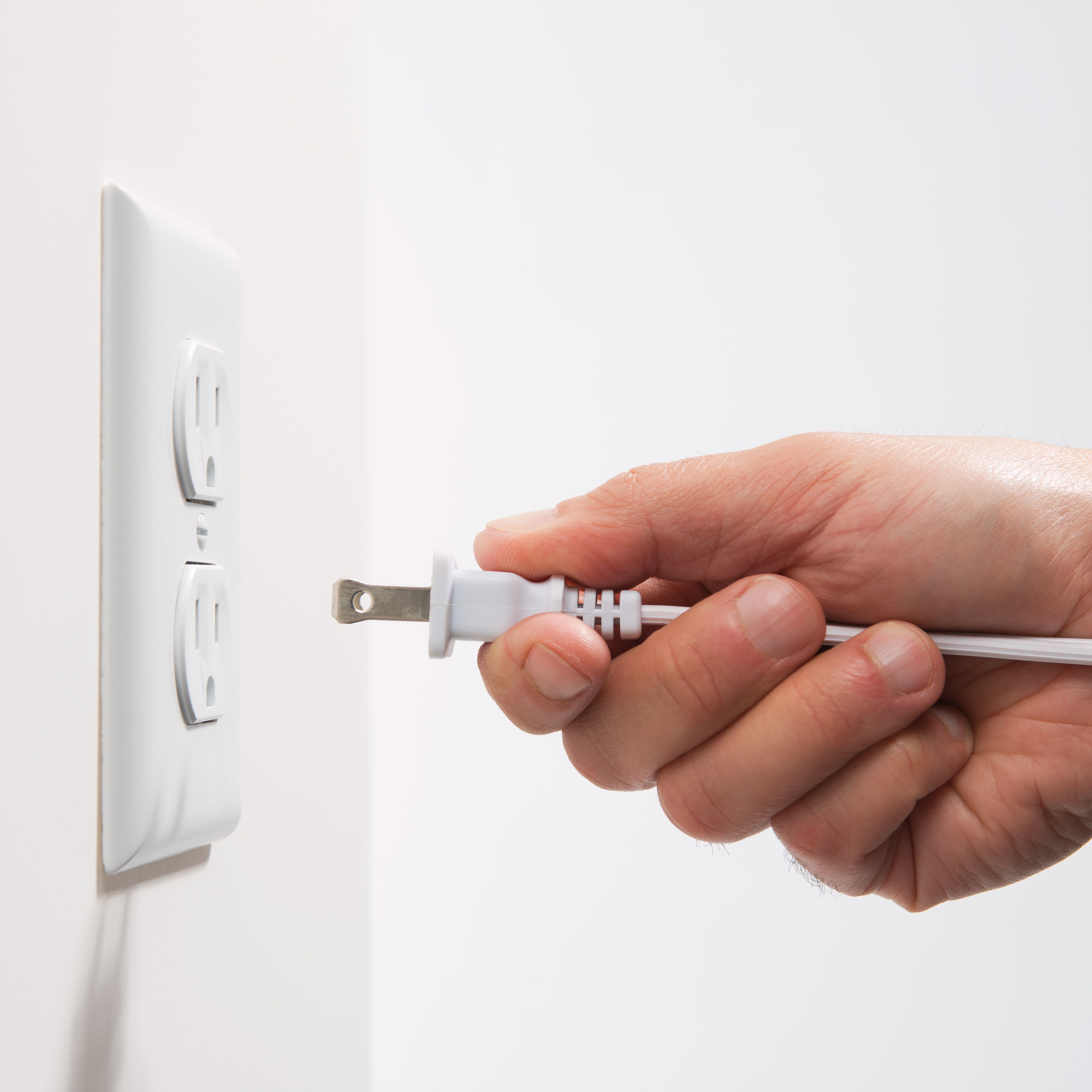

Articles
What Do A Light Bulb A Toaster A Radio And A Computer Have In Common
Modified: January 21, 2024
Discover the surprising connection between a light bulb, a toaster, a radio, and a computer in this intriguing collection of articles. Unveil the hidden similarities that unite these everyday objects.
(Many of the links in this article redirect to a specific reviewed product. Your purchase of these products through affiliate links helps to generate commission for Storables.com, at no extra cost. Learn more)
Introduction
Have you ever stopped to think about the everyday objects that surround us and how they have become an integral part of our lives? From the moment we wake up in the morning until we go to bed at night, we interact with a wide range of devices and appliances, each serving a unique purpose. One might wonder what a light bulb, a toaster, a radio, and a computer have in common. At first glance, it may seem like there is little connecting these items, but upon further exploration, you’ll discover a fascinating link between them.
These seemingly unrelated objects all rely on electrical power to function, making them part of the ever-evolving field of electrical technology. Whether it’s illuminating our homes, preparing breakfast, listening to music, or staying connected in the digital world, these devices play a crucial role in our daily lives. In this article, we will delve into the similarities and differences between a light bulb, a toaster, a radio, and a computer, and how they have become indispensable components of our modern existence.
So, grab a cup of coffee, sit back, and let’s explore the common thread that runs through the evolution of these devices, connecting them in intriguing ways.
Key Takeaways:
- From light bulbs to computers, everyday objects are interconnected by their reliance on electrical power. They have evolved to enhance our lives, shaping our daily experiences and paving the way for future technological advancements.
- The remarkable journey of the light bulb, toaster, radio, and computer showcases the power of human innovation. These devices have become indispensable tools, woven into the fabric of our daily routines, and continue to shape our present and future in unimaginable ways.
Read more: What Radio Stations Does Alexa Have
The Light Bulb
The light bulb is one of the most iconic and essential inventions of all time. It revolutionized the way we light our homes and brought illumination into our lives. The concept of using electricity to create light was first demonstrated by Sir Humphry Davy in the early 19th century. However, it was Thomas Edison who successfully developed a practical and commercially viable light bulb in 1879.
At its core, a light bulb consists of a filament enclosed in a glass bulb with a base for connecting to a power source. When an electric current flows through the filament, it heats up and emits light. The invention of the light bulb brought about a significant transformation in society, replacing candlelight and gas lamps with a safer, more efficient, and reliable form of lighting.
Over the years, the light bulb has undergone various technological advancements. Traditional incandescent bulbs have been largely replaced by more energy-efficient alternatives such as fluorescent and LED bulbs. These modern iterations use less electricity, last longer, and have less impact on the environment.
The light bulb has become an essential component in our homes, offices, and public spaces. It provides us with the ability to work, study, socialize, and enjoy our surroundings regardless of the time of day. Its impact goes beyond just lighting; it sets the ambiance, enhances productivity, and improves our overall quality of life.
With ongoing advancements in smart technology, light bulbs have transformed even further. Now, we can control our lighting with a simple voice command or through a smartphone app. This connectivity allows for customization, scheduling, and energy efficiency, bringing us into the era of smart homes.
Whether it’s a cozy warm glow in the living room, a bright white light for task-oriented activities, or vibrant colors to set the mood, the light bulb continues to evolve and adapt to our changing needs.
The Toaster
The toaster, a humble kitchen appliance, has become a staple in households around the world. It is a device specifically designed to toast slices of bread, providing a quick and convenient way to enjoy a warm and crispy breakfast or snack.
The concept of toasting bread dates back thousands of years, with methods ranging from holding bread over an open flame to using heated stones or metal grates. However, it wasn’t until the late 19th century that the first electric toaster was invented by Crompton & Company. This groundbreaking invention revolutionized the way we prepare our toast.
Traditional toasters consist of a metal body, slots for inserting bread, and heating elements that evenly toast the bread when electricity is applied. The heating elements, often made of nichrome wire, generate heat through electrical resistance, browning the bread to perfection.
Over time, toasters have evolved, incorporating features such as adjustable browning settings, defrost functions, and even multiple slots to toast multiple slices at once. Some modern toasters even come equipped with advanced features like bagel mode, which toasts the cut side of a bagel while gently warming the outer side.
Aside from toasting bread, toasters have expanded their capabilities to accommodate various baked goods. They can now toast bagels, English muffins, waffles, and even pastries, providing versatility in the kitchen.
One notable advancement in toaster technology is the introduction of toaster ovens. These appliances combine the functionalities of a toaster and an oven, allowing users to not only toast but also bake, broil, and reheat food. This innovation has further expanded the range of culinary possibilities and convenience in the kitchen.
As technology continues to advance, so does the toaster. Smart toasters are now available, allowing users to control their toasting settings through smartphone apps or voice commands. This connectivity provides greater precision and customization, ensuring that toast is prepared exactly to the individual’s preference.
Although the toaster is a small and seemingly simple appliance, it plays a significant role in our daily routines. It saves us time in the mornings, provides a satisfying crunch to our breakfast, and offers endless possibilities for experimenting with toppings and spreads.
So, the next time you enjoy a perfectly toasted slice of bread, take a moment to appreciate the ingenuity behind the toaster and how it has evolved to become an indispensable kitchen companion.
All of these devices require electricity to function. Whether it’s to produce light, heat, sound, or process information, they all rely on electrical power to operate.
The Radio
The radio, a medium of communication and entertainment that spans generations, has played an instrumental role in shaping society and bringing people together through the power of sound. This remarkable invention has allowed us to access news, music, and stories from around the world, creating a sense of connection and shared experience.
The radio as we know it today traces its origins back to the late 19th century when pioneers like Guglielmo Marconi and Nikola Tesla made significant advancements in wireless telegraphy. The transmission of Morse code signals laid the foundation for what would later become the radio.
What sets the radio apart from other inventions is its ability to capture and broadcast audio signals over long distances. By converting sound waves into electromagnetic waves, the radio allows for the transmission and reception of audio content through specialized receivers.
Before television and the internet, the radio was the primary source of news, entertainment, and music for households worldwide. Families gathered around their radios to listen to news updates, enjoy serialized dramas, and dance to the rhythm of popular tunes.
As technology advanced, radios became more compact, affordable, and accessible. From large console radios to portable transistor radios and modern digital radios, the evolution of the radio has catered to changing lifestyles and preferences.
The radio industry quickly grew to include numerous broadcasting stations offering diverse content. AM (amplitude modulation) and FM (frequency modulation) radio stations began to dominate the airwaves, each offering different reception capabilities and formats. AM radio prioritized coverage and long-range transmission, making it suitable for news and talk shows. FM radio, with its superior sound quality, became associated with music and specialized programming.
Today, the radio landscape has expanded further with the advent of online streaming and digital radio. The internet has allowed for the emergence of countless online radio stations and podcasts, providing a virtually unlimited range of content options. Digital radio technology, such as HD Radio and DAB (Digital Audio Broadcasting), delivers clearer sound quality and additional data services.
The radio continues to be a valuable medium, especially in times of crises and emergencies when it serves as a vital source of information. It remains a reliable companion during commutes, long drives, and moments when we want to immerse ourselves in the power of audio storytelling and music.
So, whether tuning in to your favorite radio station in your car or streaming a podcast on your smartphone, take a moment to appreciate the radio’s enduring impact on our lives and its ability to bring people together through the magic of sound.
The Computer
The computer, arguably one of the most significant inventions of the modern era, has transformed the way we live, work, and communicate. From the massive mainframe computers of the past to the sleek and powerful devices we carry in our pockets today, the computer has revolutionized nearly every aspect of our lives.
The origins of the computer can be traced back to the 19th century when pioneers like Charles Babbage and Ada Lovelace conceptualized and designed early computing machines. However, it was only in the mid-20th century that computers began to take shape as we know them today.
The first computers were large, complex machines that occupied entire rooms and were primarily used for scientific calculations and data processing. They used vacuum tubes and punch cards to store and process information, a far cry from the compact and efficient devices we use today.
Over the years, the computer has undergone a rapid evolution, shrinking in size and becoming exponentially more powerful. Transistors replaced vacuum tubes, and the development of integrated circuits led to the creation of microprocessors, enabling computers to process vast amounts of information at incredible speeds.
Perhaps one of the most significant milestones in computer history was the advent of the personal computer (PC) in the 1970s. With the introduction of user-friendly interfaces and affordable hardware, computers became accessible to individuals, changing the way we work, communicate, and entertain ourselves.
Today, computers are an integral part of our lives, from the laptops we use for work and entertainment to the smartphones we carry in our pockets. They allow us to connect with people across the globe, access a wealth of information at our fingertips, and unleash our creativity through various applications and software.
The computer’s impact extends far beyond personal use as well. It has revolutionized industries such as healthcare, transportation, education, and finance. Computers enable medical professionals to diagnose and treat patients more effectively, facilitate seamless online banking transactions, and provide immersive educational experiences through e-learning platforms.
Furthermore, the concept of cloud computing has further revolutionized the computer industry. Cloud storage and services allow users to store and access their files and applications remotely, eliminating the need for physical storage devices and increasing flexibility and collaboration.
As technology continues to advance, so does the computer. Artificial intelligence, virtual reality, and quantum computing are just a few examples of the exciting frontiers being explored. These advancements promise to push the boundaries of what computers can do, opening up new possibilities and impacting society in unforeseen ways.
The computer has transformed the world in ways that were once unimaginable. From enhancing productivity and communication to fueling innovation and creativity, it has become an indispensable tool in our modern lives.
So, the next time you power on your computer or swipe through the apps on your smartphone, take a moment to appreciate the remarkable journey of the computer and how it continues to shape our present and future.
Read more: How To Tell What Kind Of Light Bulb I Have
Conclusion
From the humble light bulb to the ubiquitous computer, these everyday objects have more in common than meets the eye. They represent the remarkable progress of human ingenuity and technological advancements throughout history.
While a light bulb illuminates our surroundings and sets the ambiance, a toaster prepares our breakfast with a satisfying crunch. The radio brings music and news into our lives, connecting us to the world, while the computer empowers us with the ability to work, learn, and communicate on a global scale.
These devices all rely on electrical power to function, showcasing the ongoing evolution and integration of electrical technology into our daily lives. They have become not only ordinary household items but also core components of our modern existence.
Each of these inventions has witnessed remarkable transformations over time. The light bulb has evolved from Thomas Edison’s incandescent bulb to energy-efficient LED lighting. The toaster has gone from toasting plain bread to accommodating a variety of baked goods and even becoming a multitasking toaster oven. The radio has expanded from AM and FM broadcasting to online streaming and digital radio. And the computer has transformed from room-filling mainframes to portable laptops and smartphones that bring the world to our fingertips.
These objects have shaped our routines, enhanced our productivity, and brought us closer together. They have become indispensable tools that we rely on to navigate the complexities of modern life.
As we reflect on the similarities and interconnectedness of the light bulb, the toaster, the radio, and the computer, we are reminded of the power of innovation and human creativity. These inventions have not only improved our lives but have also paved the way for future advancements in technology.
Whether it’s the illumination of a room, the aroma of freshly toasted bread, the melody of our favorite song, or the endless possibilities of the digital world, these devices have become woven into the fabric of our daily experiences.
So, the next time you switch on a light bulb, toast a slice of bread, tune in to your favorite radio station, or power up your computer, take a moment to appreciate the remarkable journey of these objects. They have come a long way and continue to shape our present and future in ways we could have never imagined.
In an age where technology is constantly evolving, it is fascinating to think about what the future holds for these devices and how they will continue to impact our lives. Let us embrace the wonders of these everyday objects and celebrate the remarkable human achievements that have shaped our world.
Frequently Asked Questions about What Do A Light Bulb A Toaster A Radio And A Computer Have In Common
Was this page helpful?
At Storables.com, we guarantee accurate and reliable information. Our content, validated by Expert Board Contributors, is crafted following stringent Editorial Policies. We're committed to providing you with well-researched, expert-backed insights for all your informational needs.

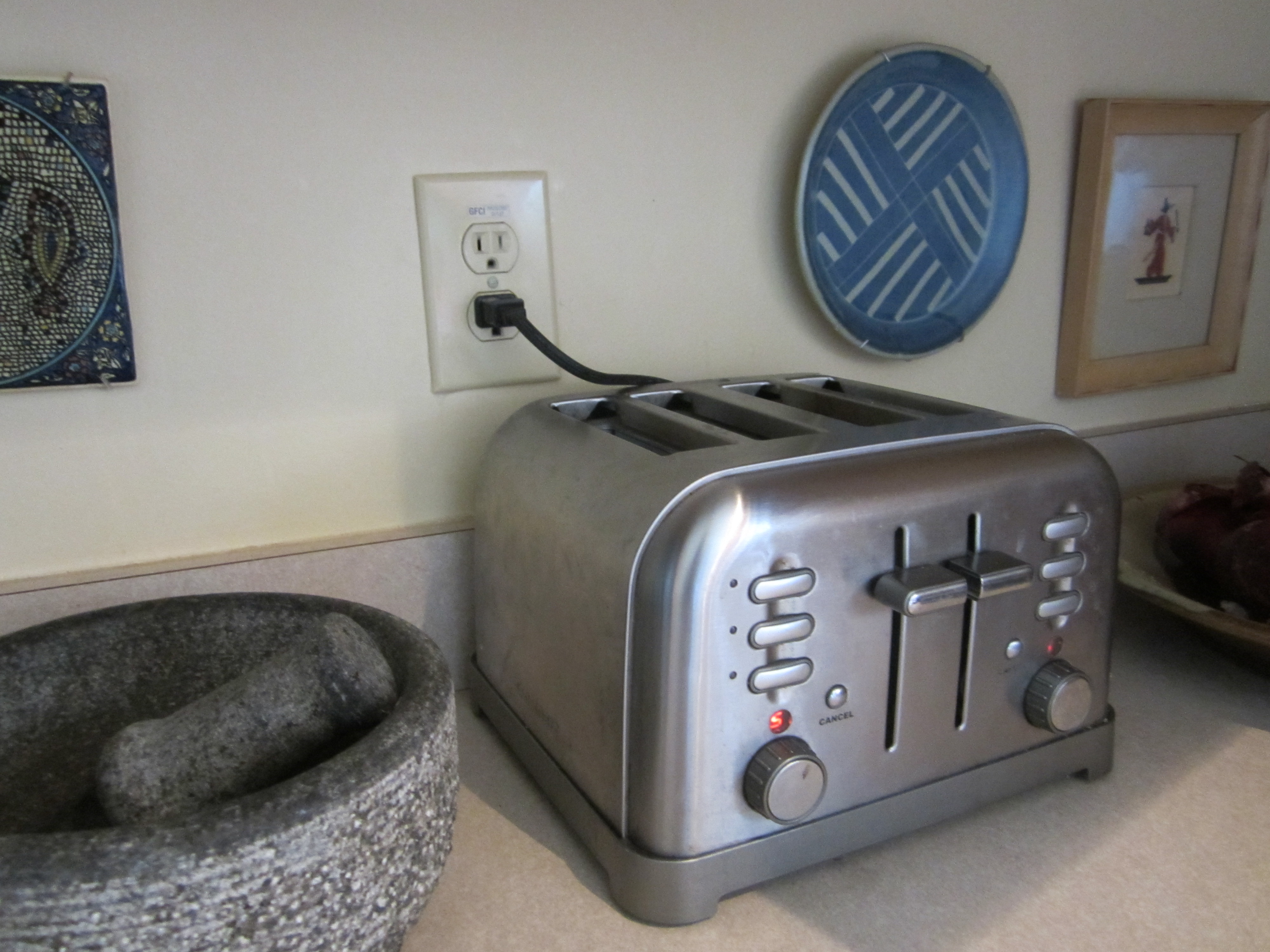
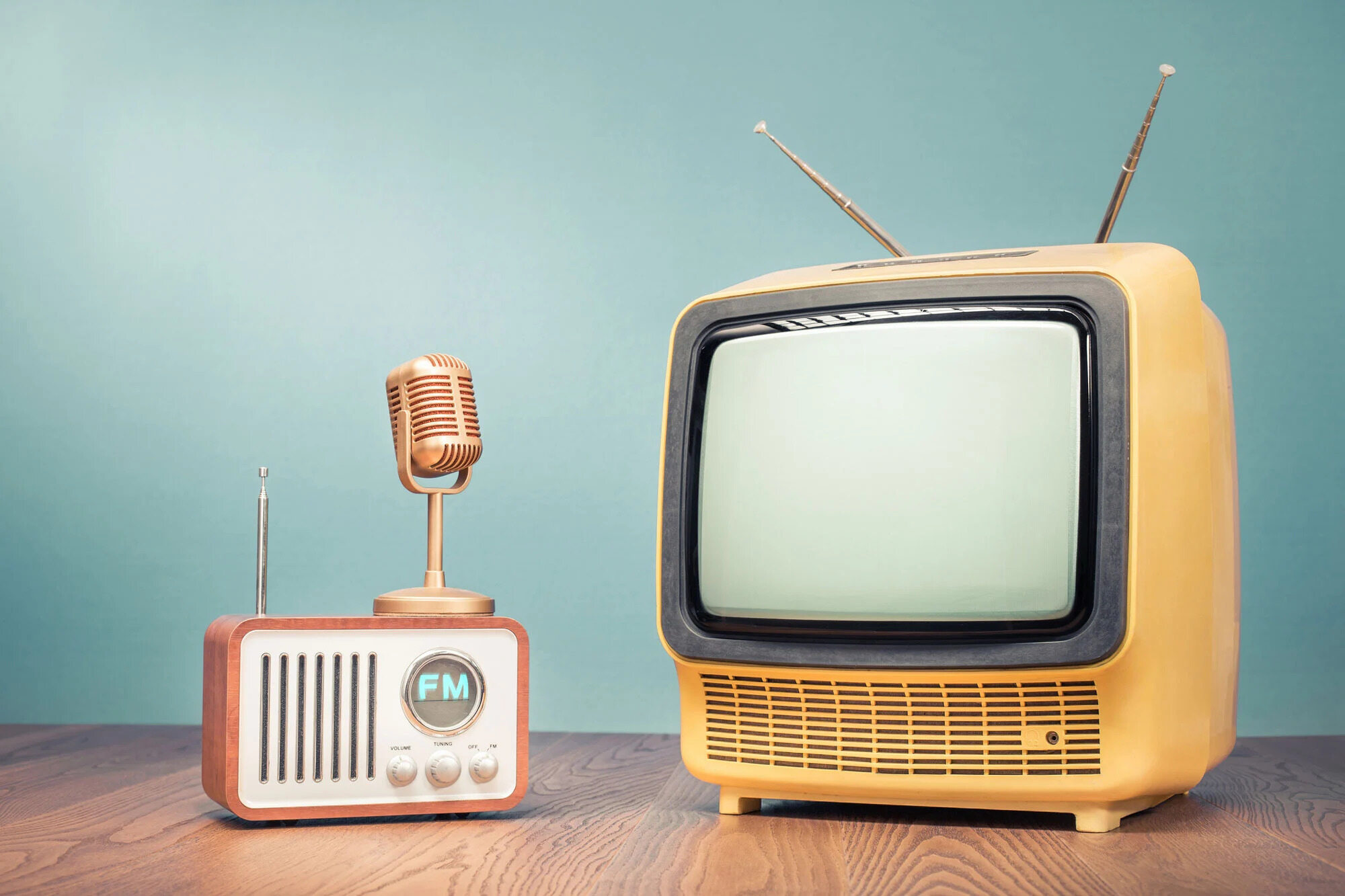

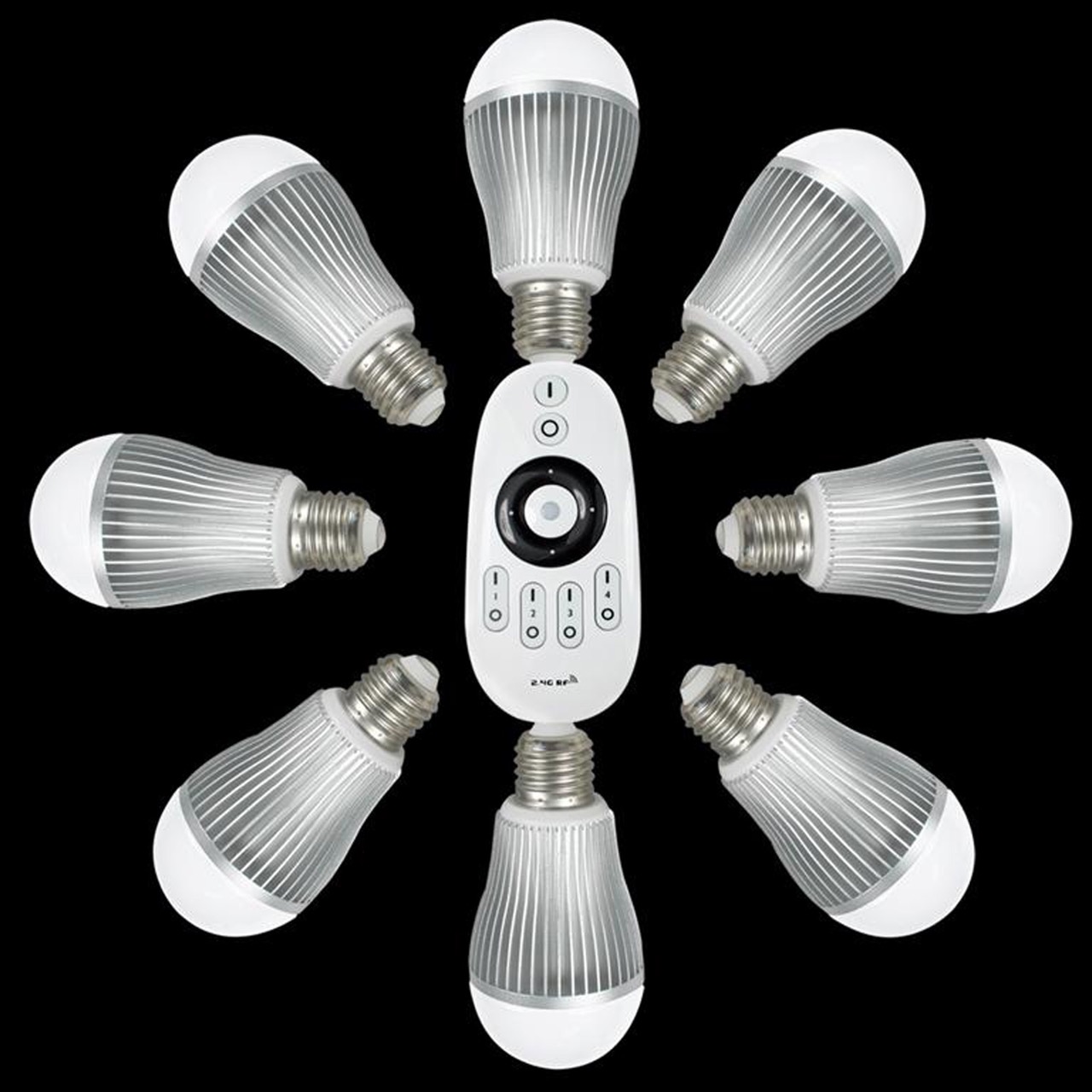
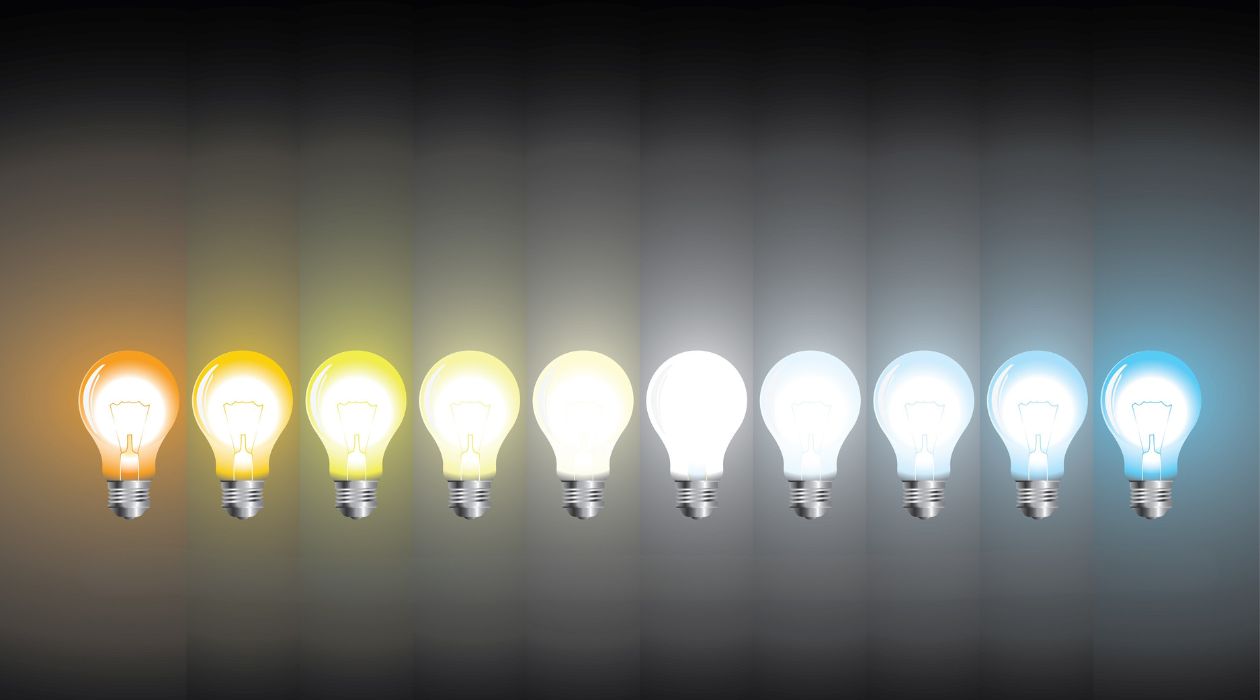
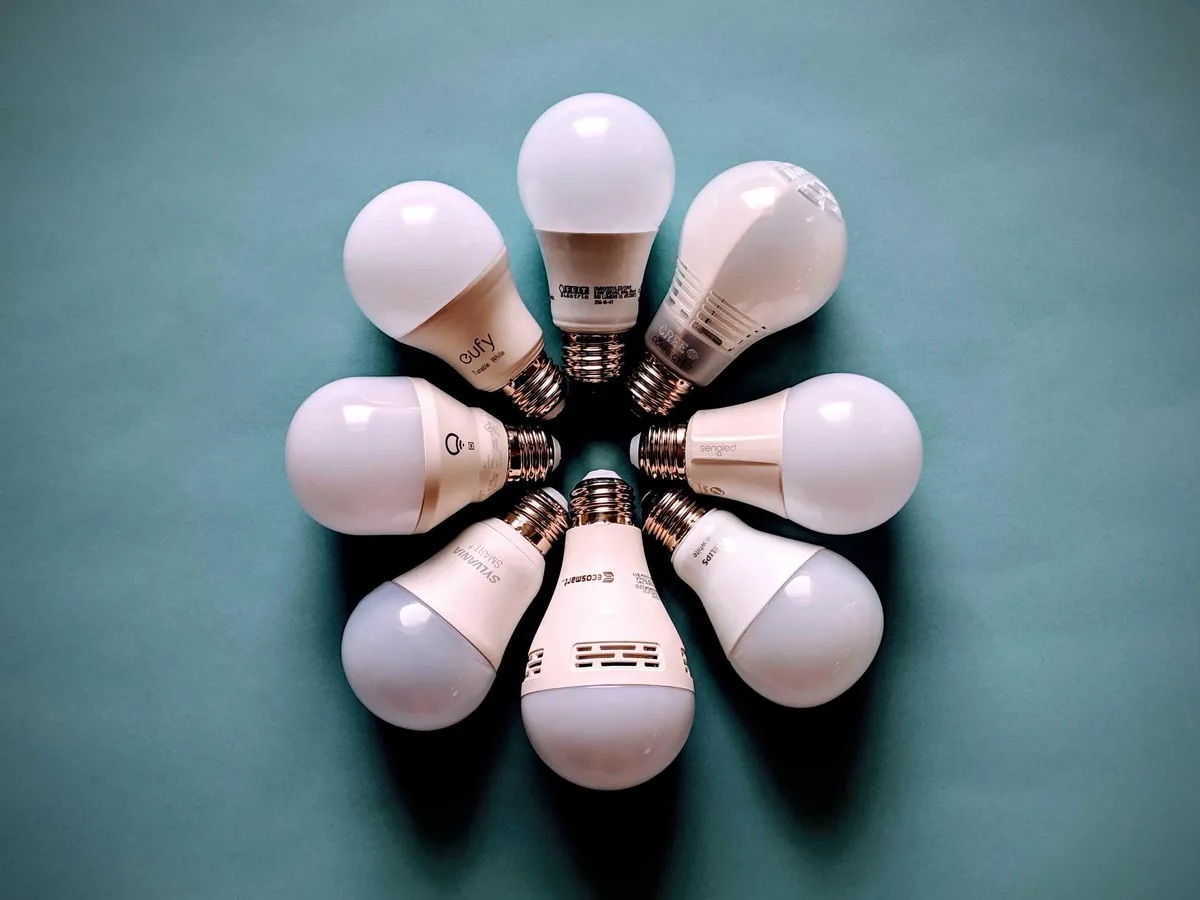
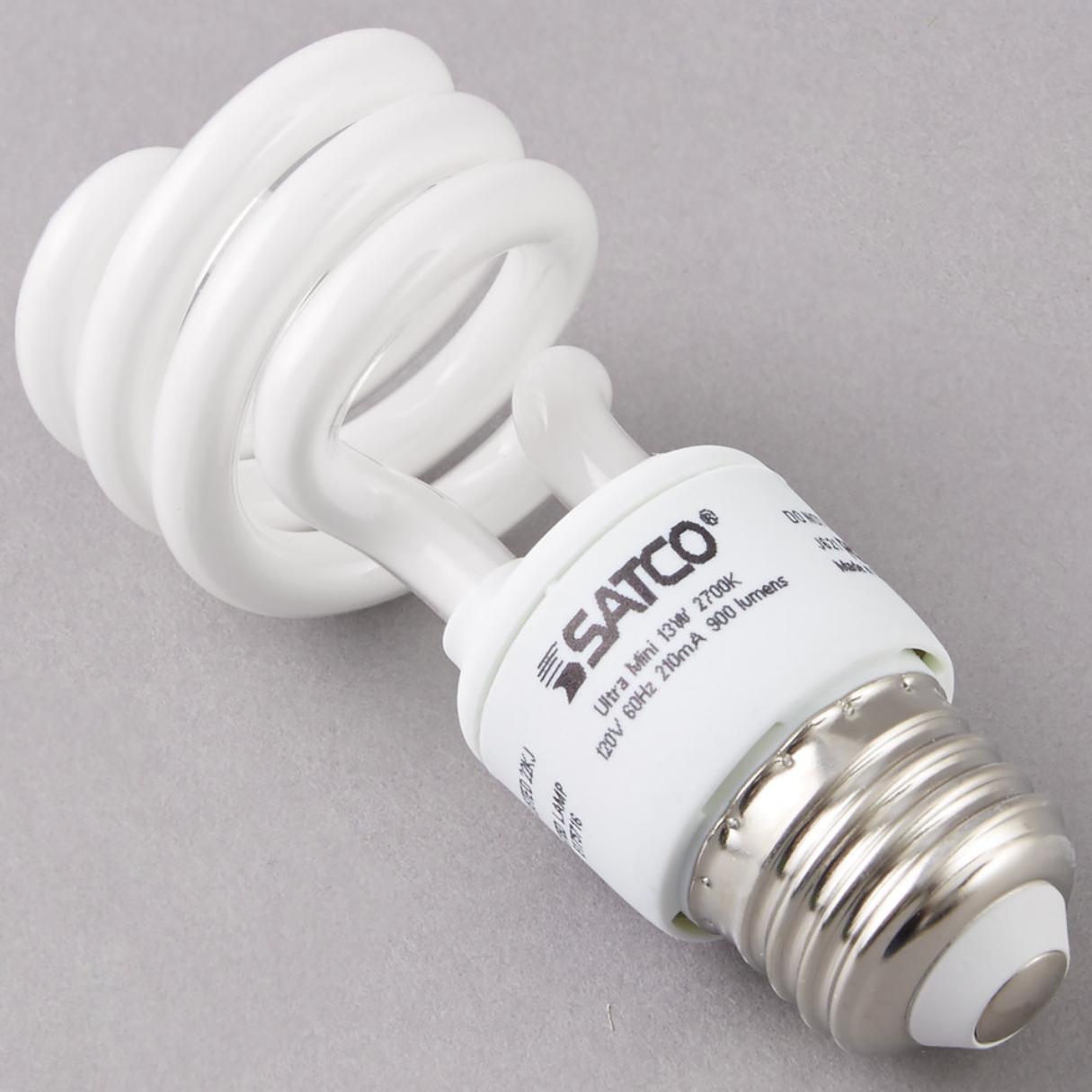
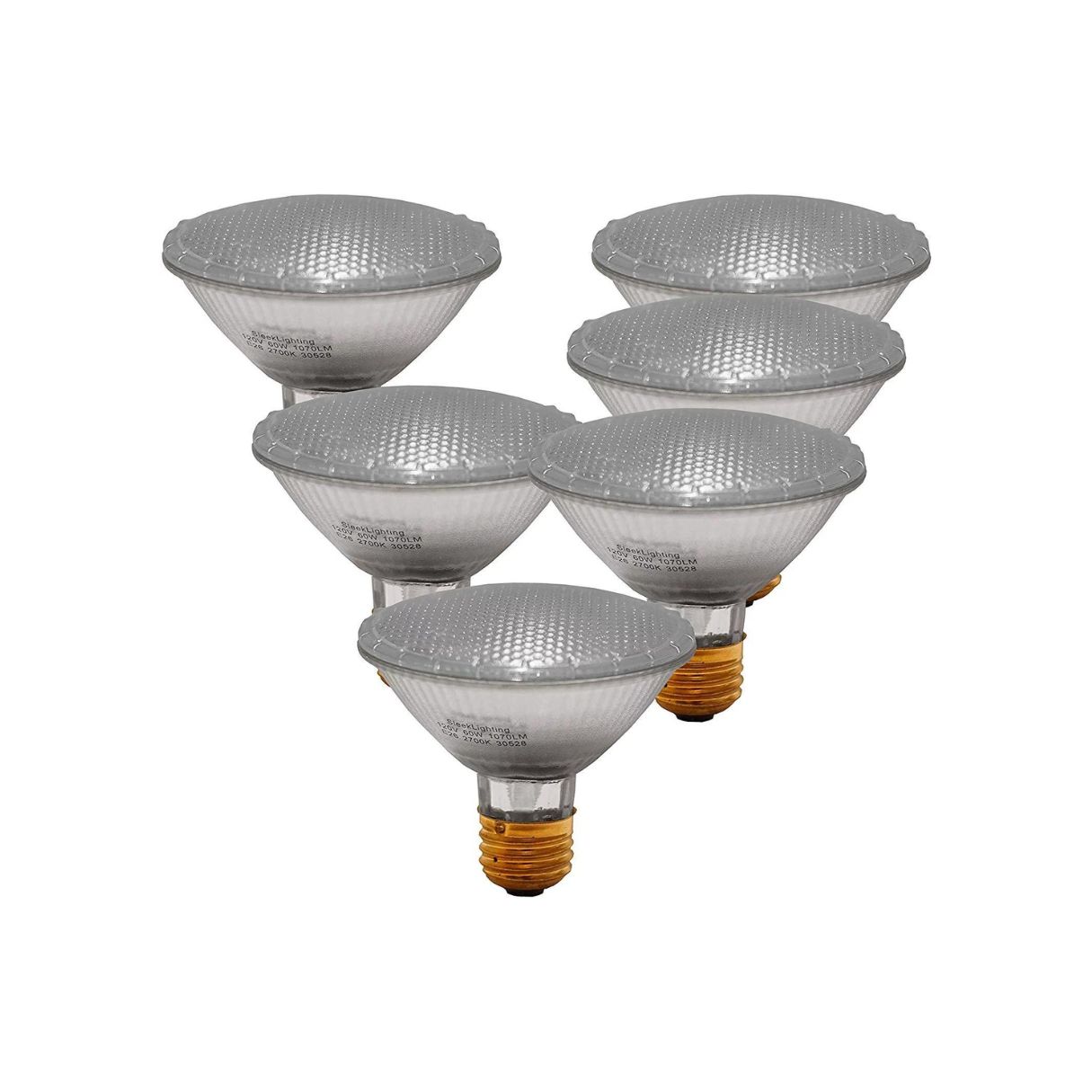
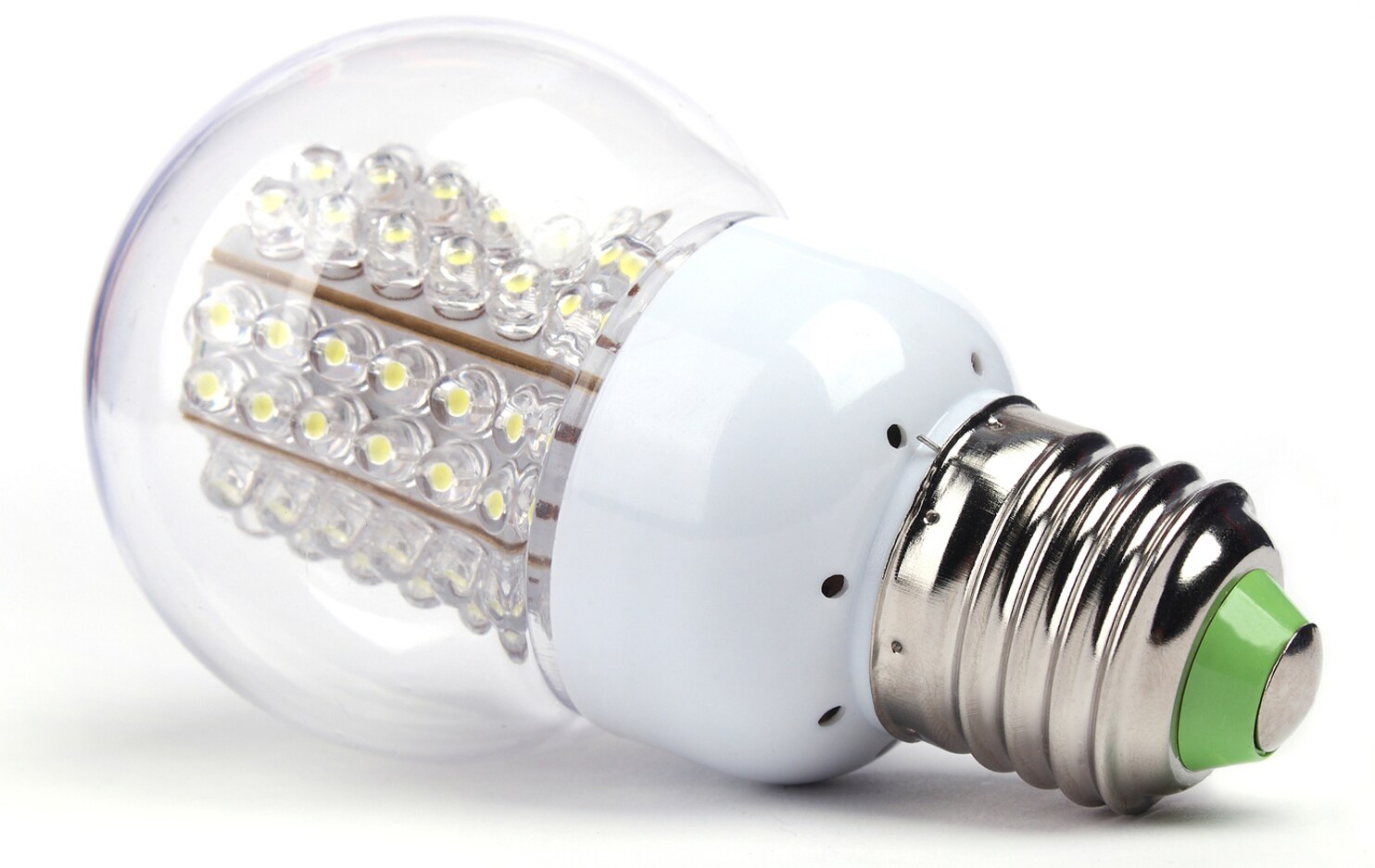

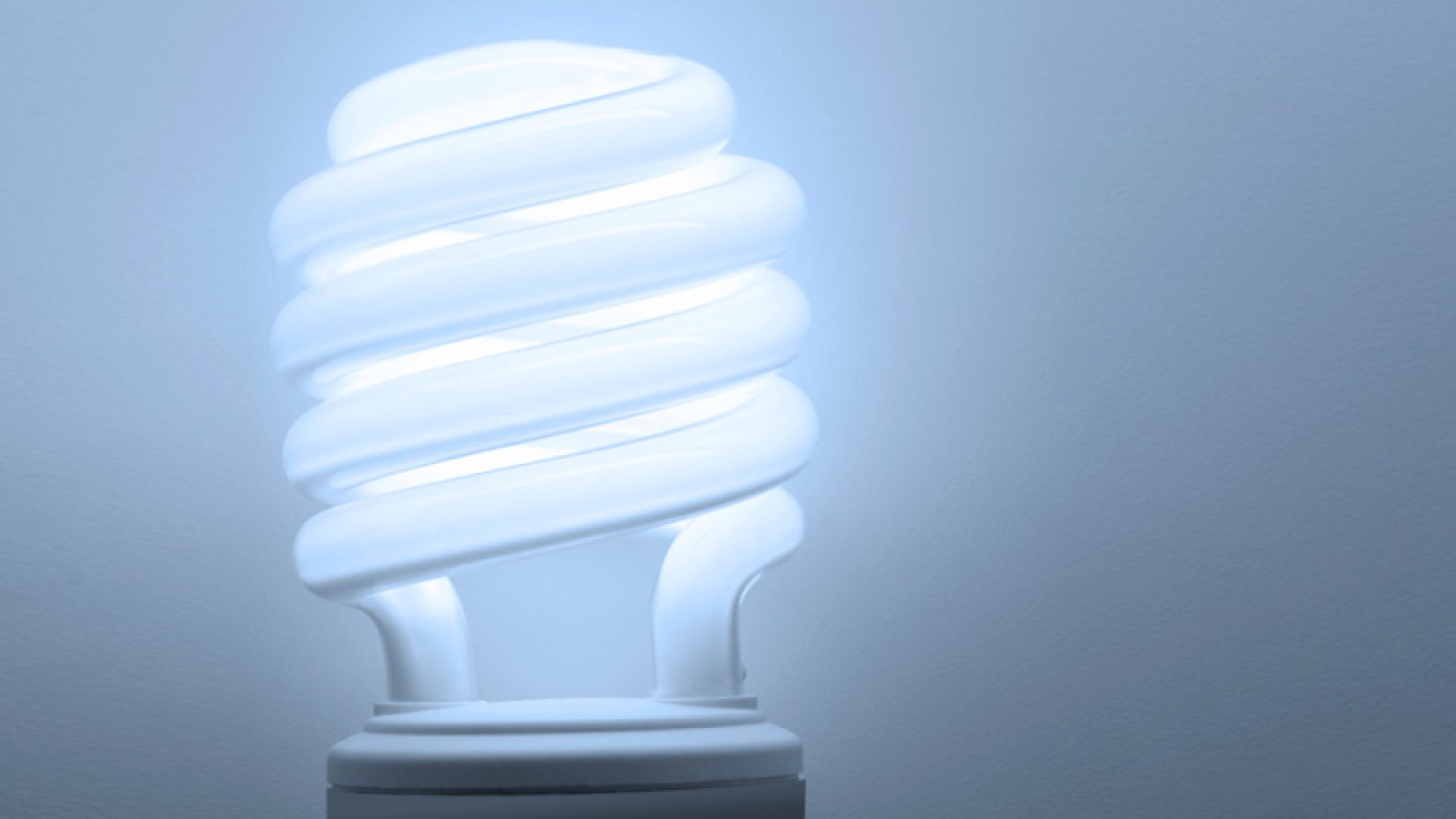
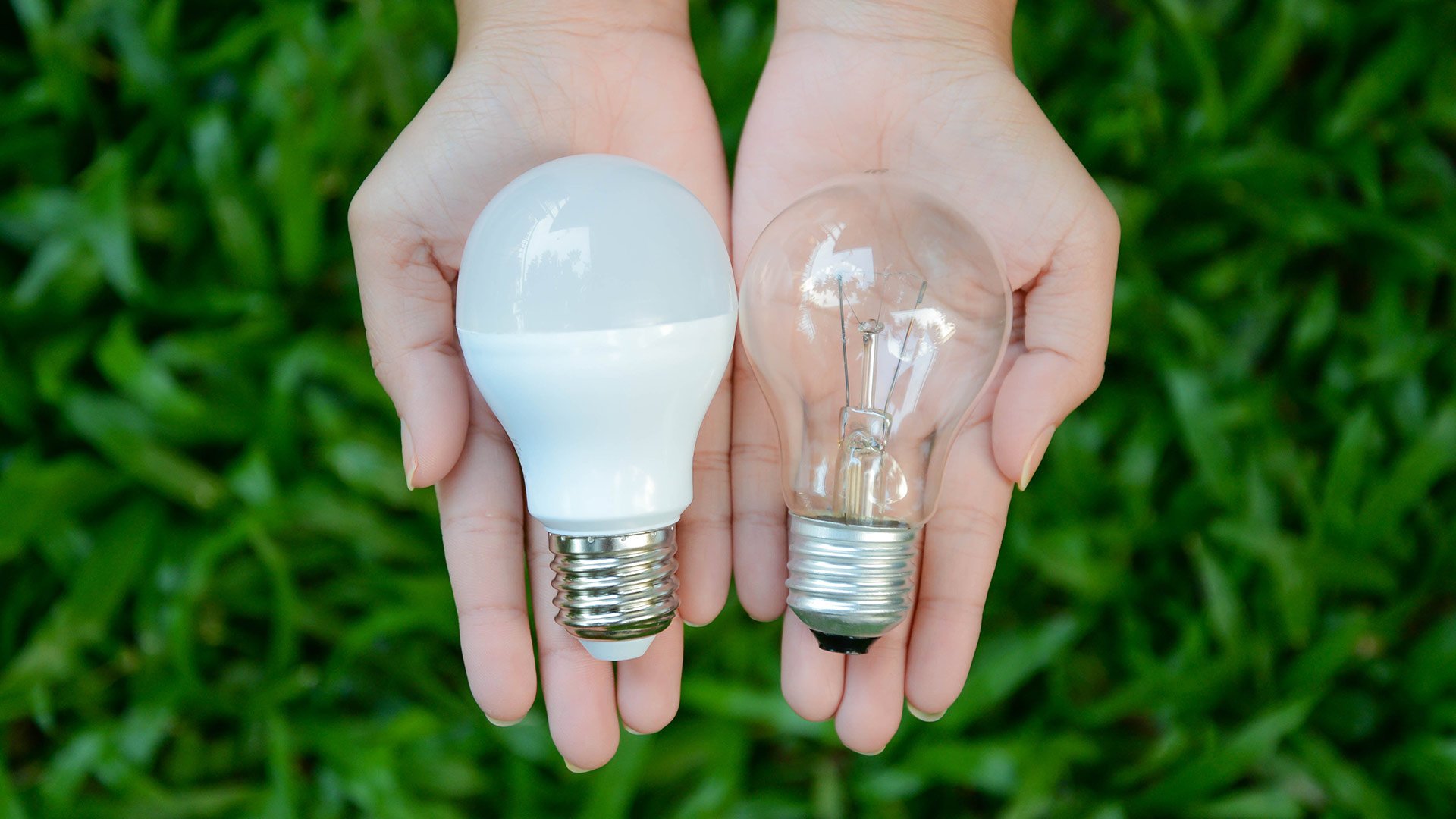
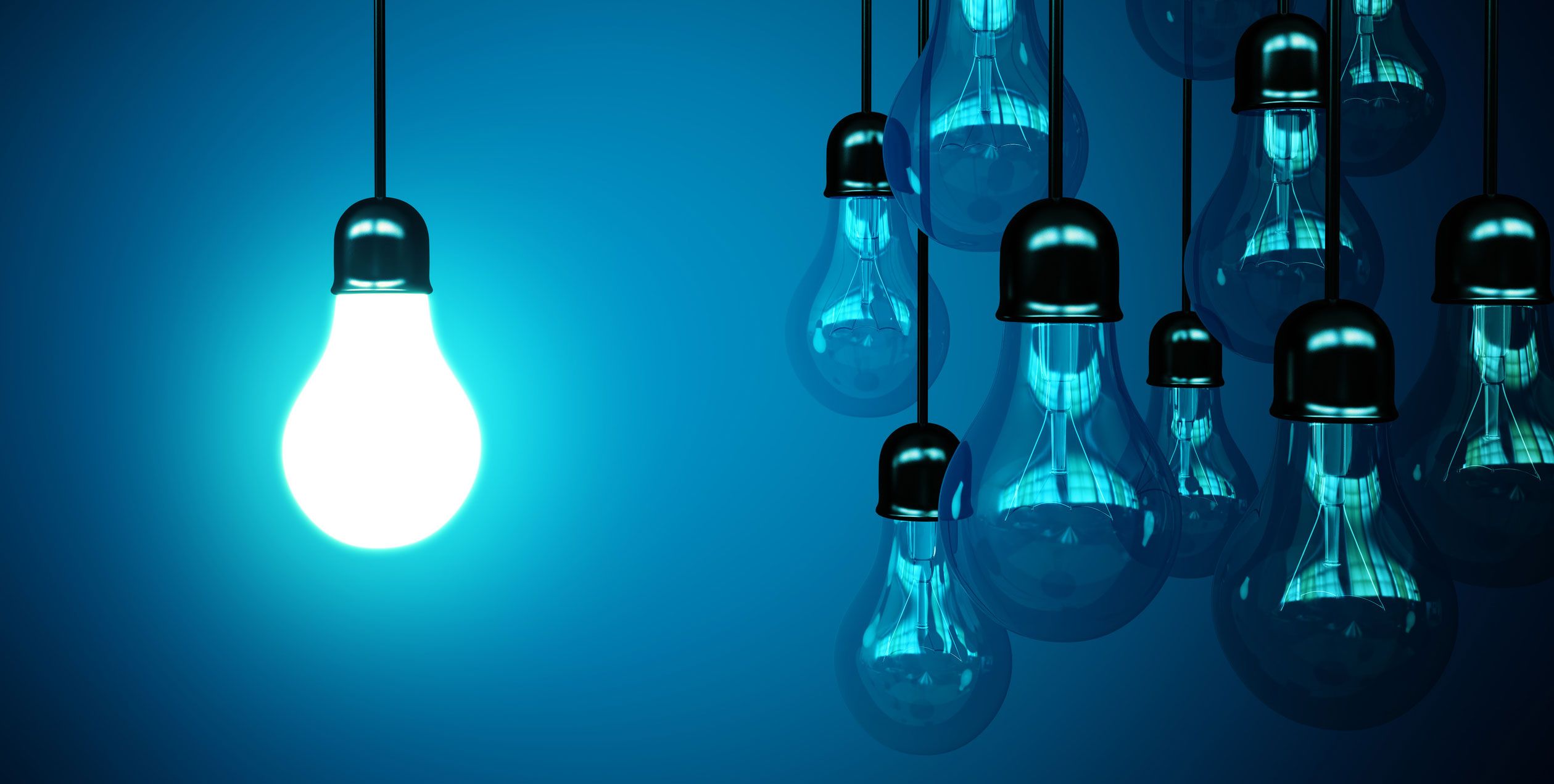

0 thoughts on “What Do A Light Bulb A Toaster A Radio And A Computer Have In Common”